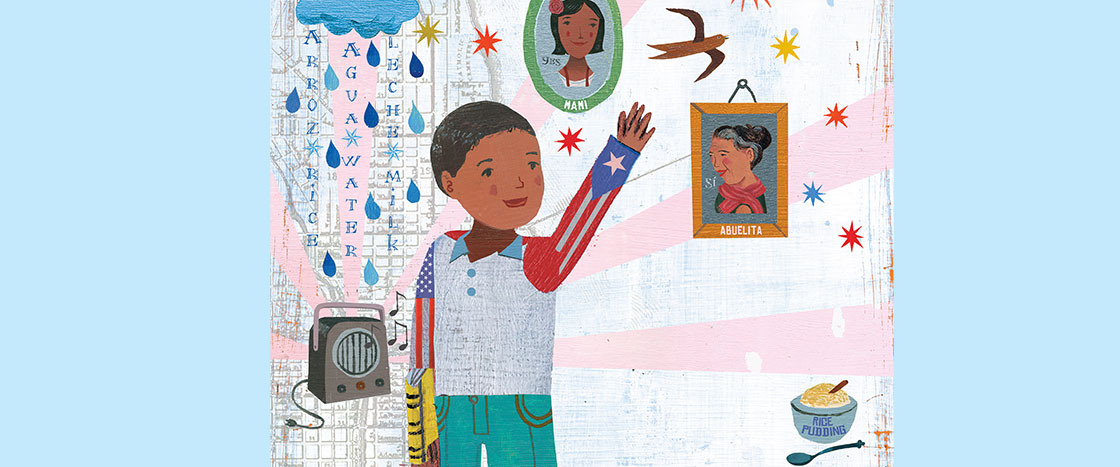Mami said yes, Abuelita sang sí.
They said, Two languages make you a rich man,
But words never paid for my penny candy.
Agua, water. Arroz, rice. Niño, me!
Arroz con leche, sang Abuelita
As my Mami said, A is for Apple.
My ears were like a radio, so many stations.
Sometimes I would dream in English and Spanish.
I was a millionaire each time I said yes and sí.

